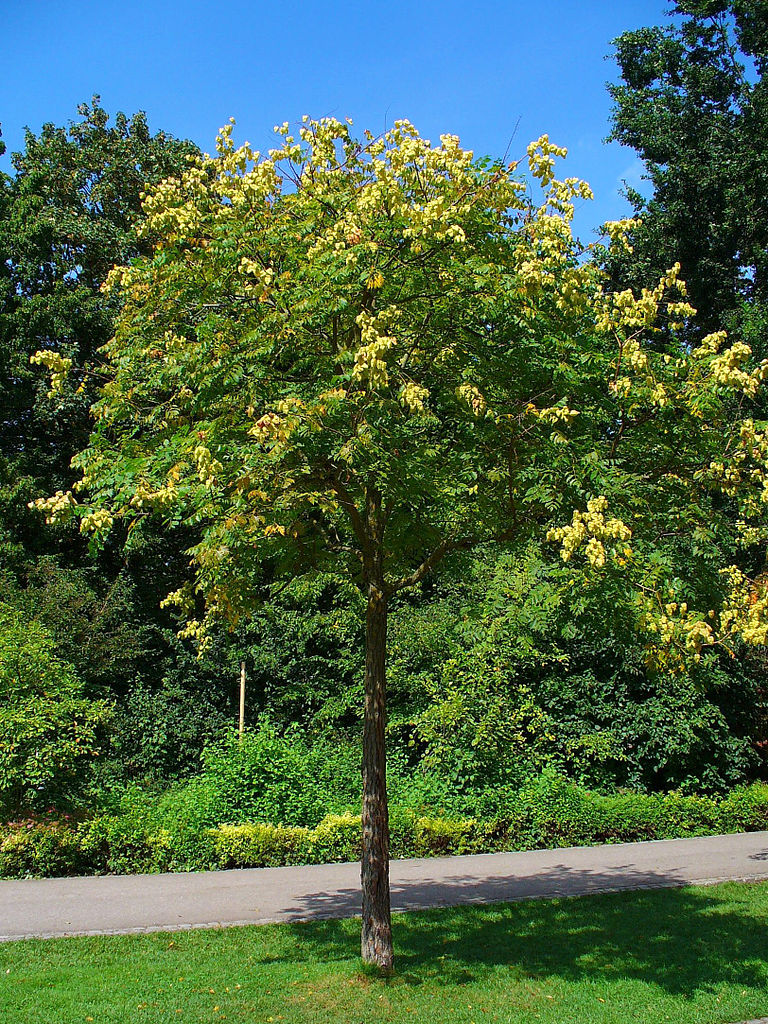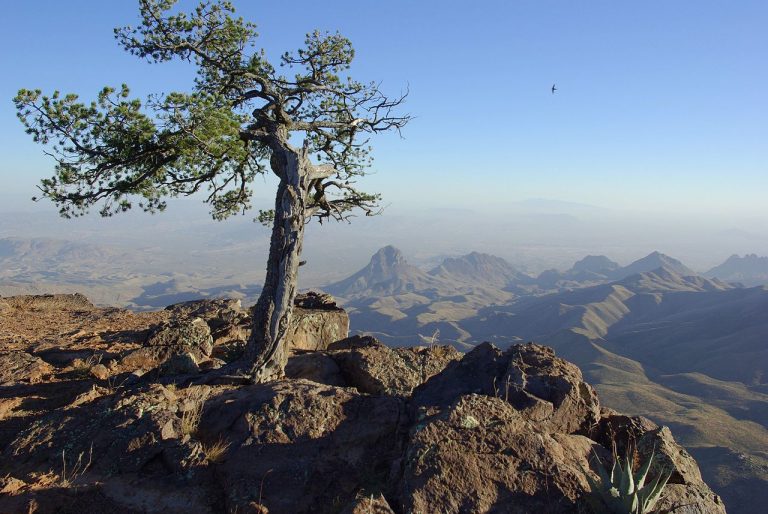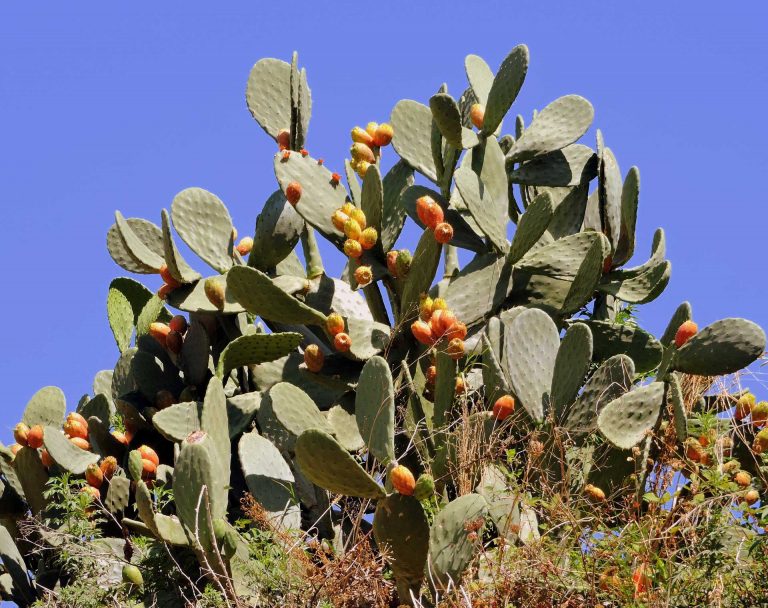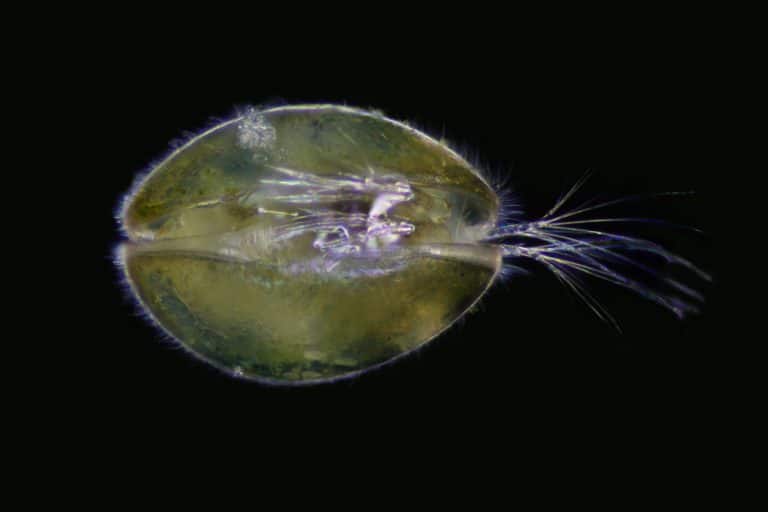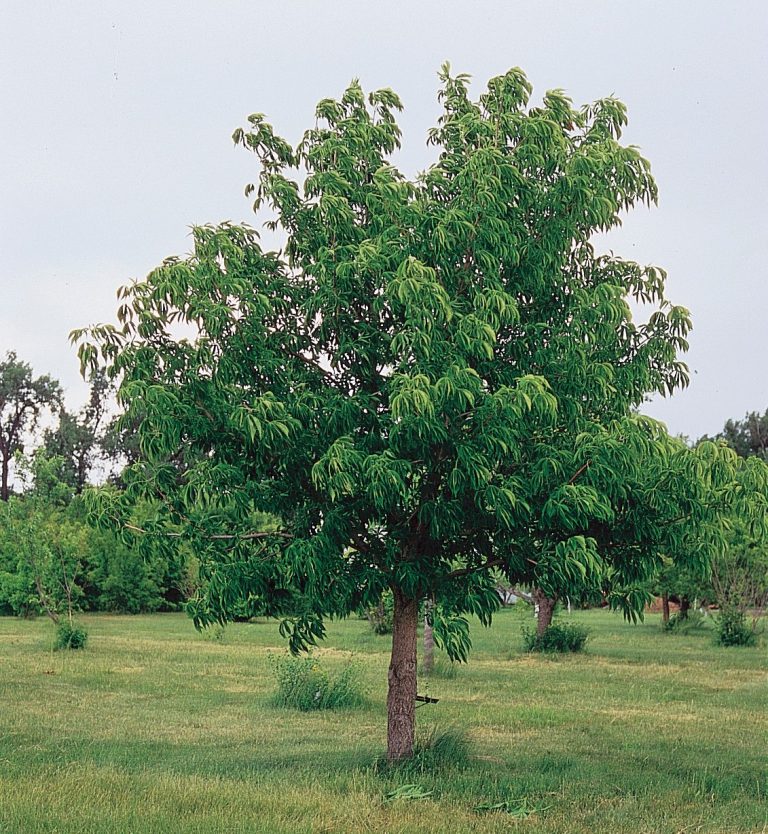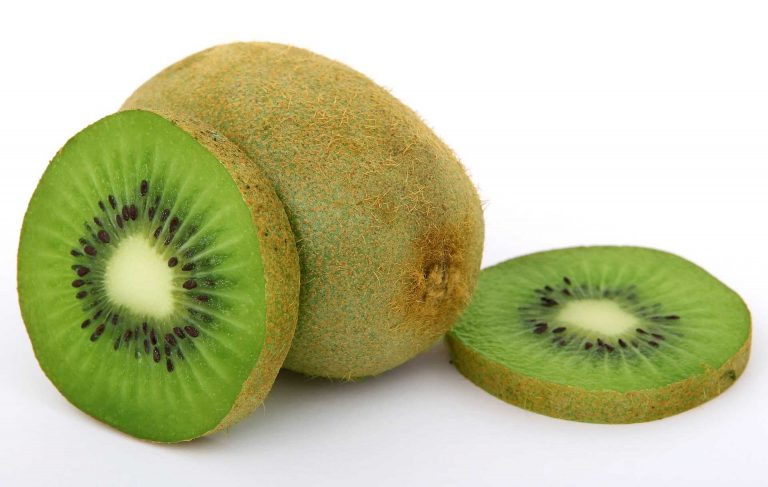Goldenrain
Scientific Classification
| Genus: | Koelreuteria |
| Family: | Sapindaceae |
| Species: | Peniculata |
| Kingdom: | Plantae |
| Order: | Sapindales |
Golden rain trees are deciduous trees and are small to medium size. The leaves of Golden rain trees are long and pinnate. The flowers of golden rain trees are yellow in color and have four petals. Golden rain trees are known as Koelreuteria Elegans. Because of their rose-colored fruits and colorful petals golden rain trees are very popular. This tree is a fast-growing tree. It grows 25 to 50 feet in height. The Golden rain tree is also called the pride of India. Golden rain trees grow, slow to moderate rate. Lawn area is ideal for planting a golden rain tree because dense grass, prevent seedling development. The limbs of golden rain tree may break under heavy snow because it has weak wood. Fruits of golden rain trees are papery, inflated. At first they are green, and then they turn brown. In America it is planted as a street tree, shade tree and on terraces and lawns. In china golden rain tree is a favorite tree to plant on the grounds of holy places.
Anatomy
Golden rain trees are flowering ornamental trees and very useful for shade. They are native to China and Korea. These trees are a source of black and yellow dye. In making jewellery, seeds of golden rain trees are used as beads. Golden rain trees have brown or coral colored paper like pods. The leaves and seeds of the golden rain trees can be eaten, cooked or roasted. Leaves of golden rain trees are lacy. In early fall and late summer season, a mature golden rain tree produces long strings of trumpet shaped flowers. In United States golden rain tree is the most popular ornamental tree.
Habitats
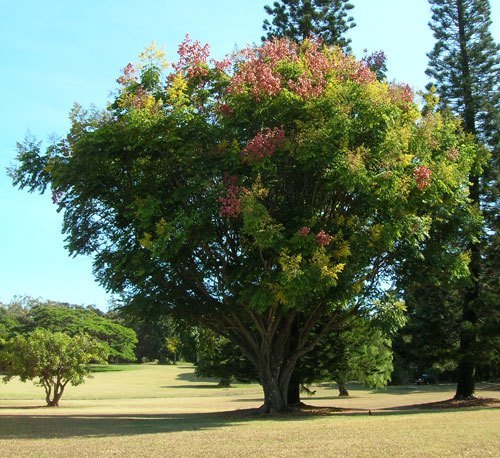
Photo by: Forest & Kim Starr
The branches of golden rain trees are weak. This tree is fast growing. After a storm, golden rain tree causes lots of litter on the ground. The golden rain trees neutralize in habitats like edges of park, roadside, urban parks and vacant lots. In East Asia it occurs in natural areas like open area, secondary woodlands and seashores.
Care
Caring of golden rain tree is very easy. It can survive in many climate conditions and soil. Sunlight and regular fertilizing are ideal for blossoming. The Golden rain tree is problem free and healthy tree. In cooler zones it grows best. Seeds are produced in good quantities in warm climates.
Soil
Golden rain trees can adapt to any climatic condition and can tolerate many types of soil. It can survive in loamy, clayey soil. With good irrigation it develops best in loose soil. In warmer climates, golden rain trees reproduce quickly.
Planting
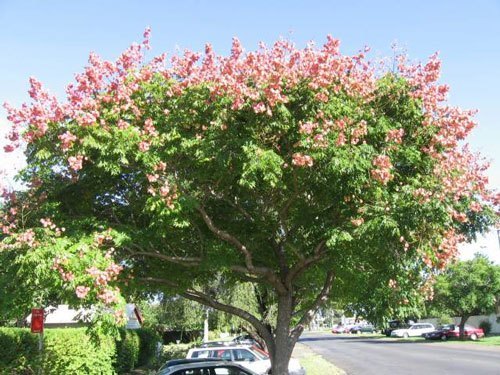
Photo by: Peter Greenwell
The bark of golden rain tree is thin and easily damaged from mechanical impact. The Golden rain tree is ideal for urban planting. It is a yellow flowering tree. These trees cast little shade and can tolerate dryness. Before falling, the leaves turn yellow.
Watering
Watering is very essential for the growth of this tree. Young golden rain trees require watering. One it established, it can tolerate drought. Watering may help the tree for good growth.
Pests and Pesticides
Golden rain trees have few pests. Red shoulder bugs are related to boxelder bugs. The bugs do not damage trees but it infects the tree. The Golden rain tree is not weakened or stressed by pests. As trees mature, they need pruning. Sprays of horticulture can control the pests. A canker disease causes dead and sunken areas of the bark of the tree. Verticillium disease causes death of the leaves. The whole tree may killed by this disease.

Having discovered a fondness for insects while pursuing her degree in Biology, Randi Jones was quite bugged to know that people usually dismissed these little creatures as “creepy-crawlies”.

